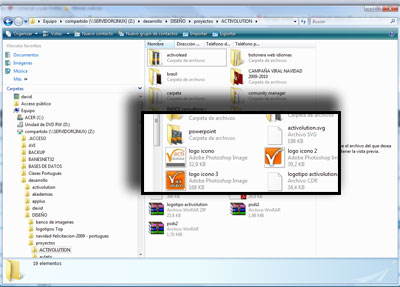Como descomprimir archivos tar.bz2 y archivos tar.gzip en sistemas linux, y como nuestra memoria RAM del cerebro no es amplia .. y tenemos SAN Google, aqui os lo dejo para recordarlo rapidamente.
Descomprimir archivo .tar.bz2
> tar -xvjf archivo.tar.bz2
Descomprimir archivo tar.gzip
> tar -xzvf archivo.tar.gzip

